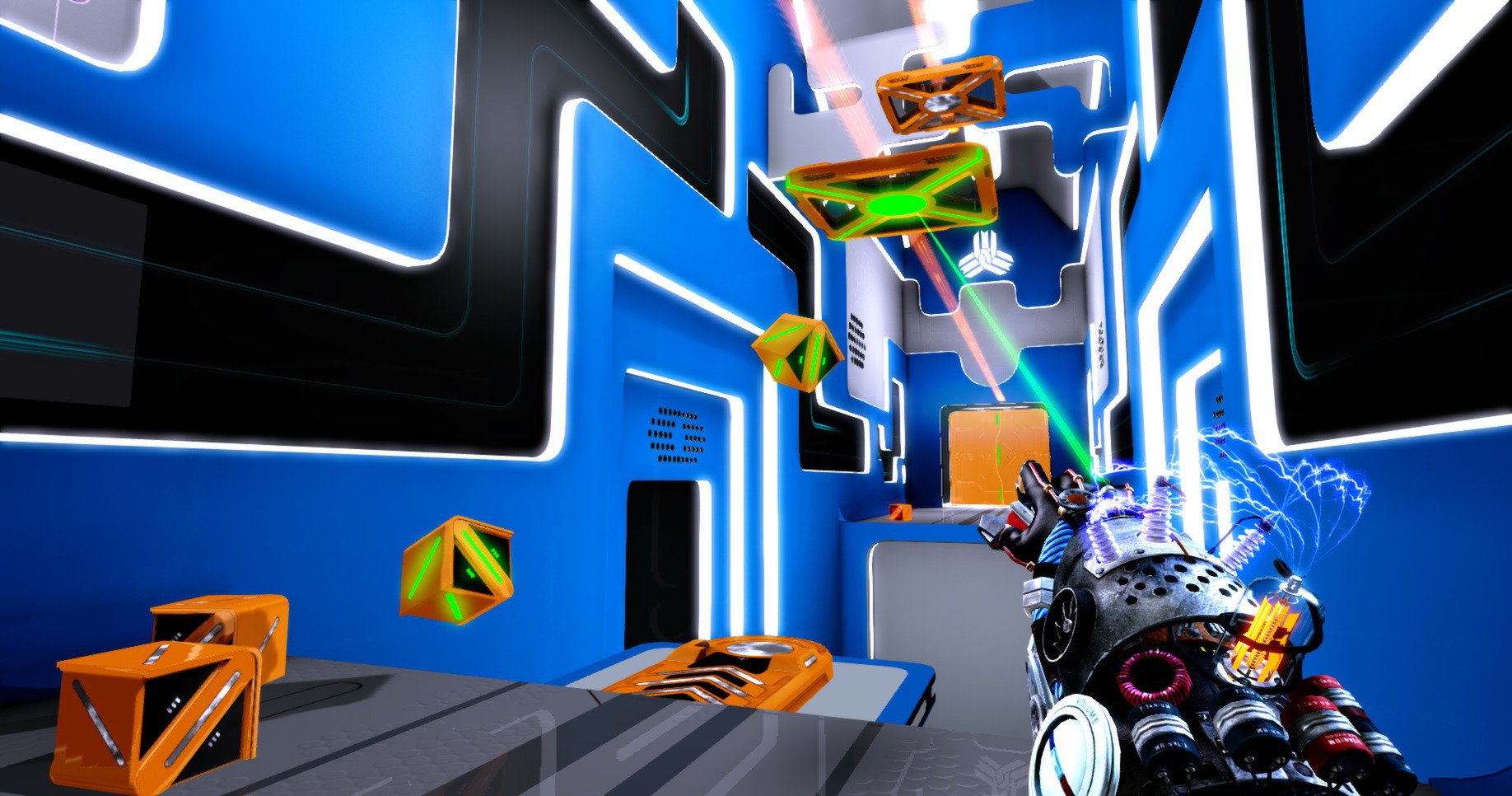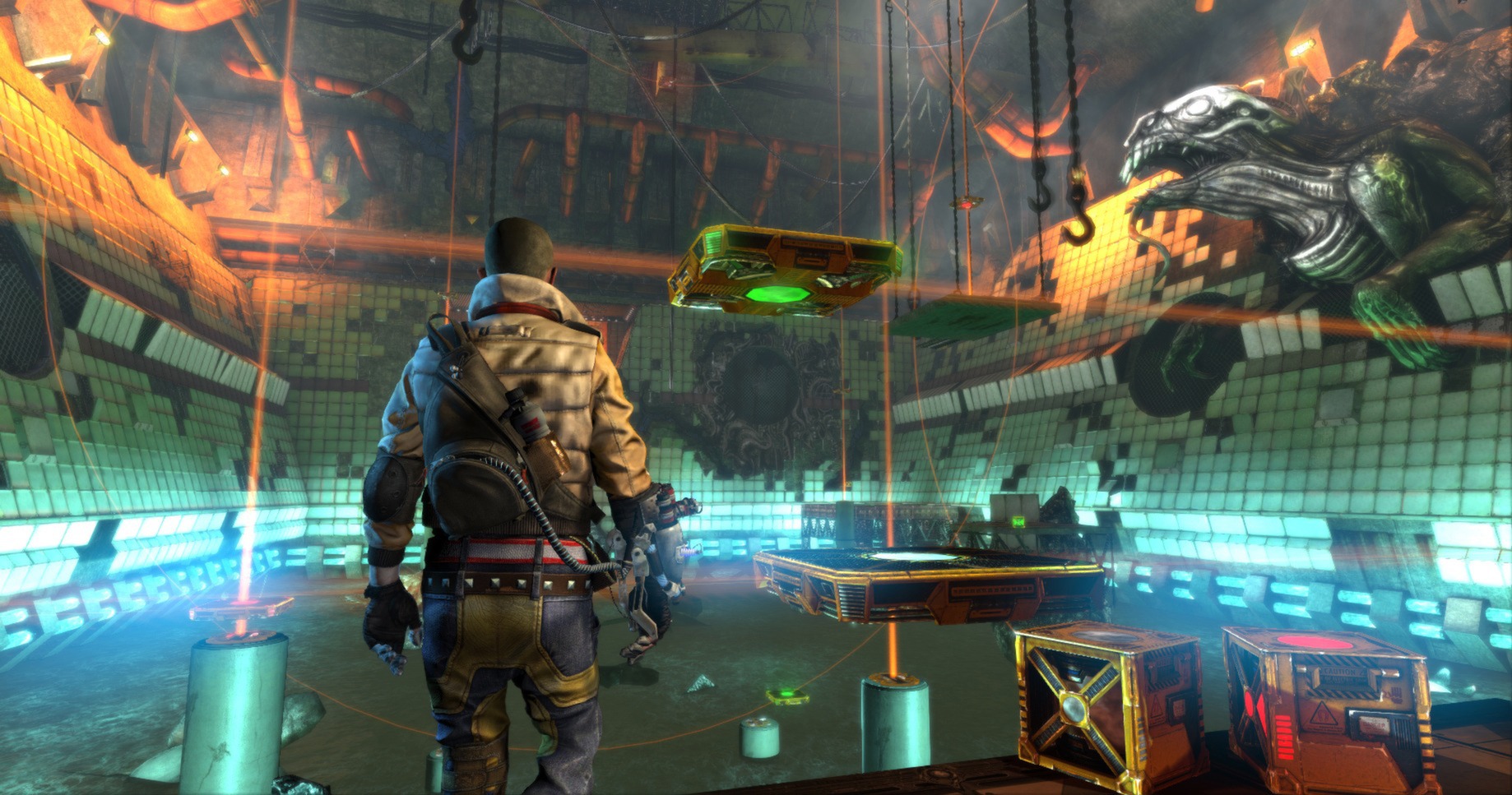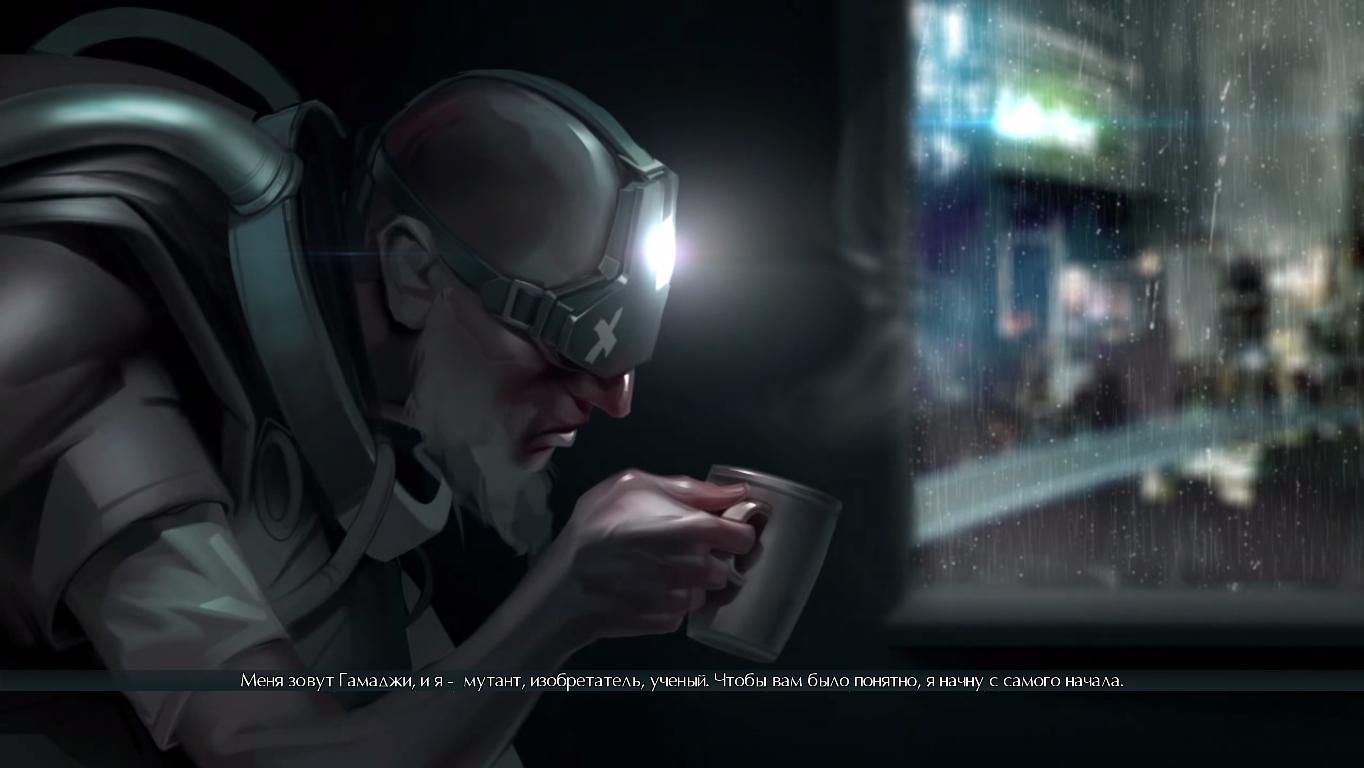Magrunner: Dark Pulse Review
There are games that can be seen from the horizon. The glow of growing excitement – and sometimes of special novelty or just magnificence – shines so brightly that it’s damn hard to miss them. Other games, m-m-m, they should be concerned about meeting me face to face. And whether I turn around to take a closer look at them depends on a whole range of things. However, they usually manage to scatter a couple of interesting ideas in front of me, and I have no choice but to pay attention to them.
As for Magrunner, this game could be seen from a mile away. Because it looked very, very unusual: a rough set of thematic conventions, and to make it even more intriguing – it’s Portal with magnets against Cthulhu. A list of ideas that you simply can’t help but be interested in.
Now the game is finally released, and here’s what I think.

Surely many regulars of gaming forums immediately began to sniff with their long, sarcastic noses at this combination of Lovecraft’s creativity and a first-person puzzle. Almost any formula “X + Y”, where X and Y are relatively well-known cultural elements, simply cannot help but attract skepticism. You know what, skeptics, I feel the same way. Besides jokes. I understand your longing for something new. But nevertheless, I was pleasantly surprised at how well Magrunner applies this tried and true formula. It simply gives pleasant impressions. Pleasant and familiar. It’s like a new, but still delicious sandwich made from the same ingredients.
Here’s how it works: you go through puzzle after puzzle, constructed using “magnets” (which are not actually magnets, but more on that later) and located in an experimental facility that starts going crazy as soon as you complete the training.
As I mentioned before, it’s quite familiar.
However, this time the source of madness is not an evil and comical AI, but the Ancients from Lovecraft’s mythology, who arrived on their nightmarish starships to delve into our minds and grind our souls. Cultists, horrors from the deep, insane muttering, and so on. And this is a very convenient theme because Lovecraft’s works have little in common with hurricane shootouts and other debauchery that is typical of video games. They are more about the supernatural and mysterious aspect of all this. In a game where shooting takes a backseat to tinkering with elements of a physical puzzle, such an approach is more than appropriate.

However, let’s try to distance ourselves from this abyss of nightmares and horror, because it is truly amazing how much Magrunner has to offer. borrows from Portal Damn it, there are even inscriptions on the walls that seem to be addressed to you personally. The idea of an experimental structure that lies at the heart of everything and crumbles as you progress. Constant chatter of someone’s voice off-screen. Elevators between levels. The very idea of the mechanism on which all these puzzles are based. From the perspective of game design genetics, Magrunner is a clever European fan of Portal, which can be declared plagiarism, but in reality, its activity can only be described as “persistent and persistent flattery.”
The developers of Magrunner, 3AM, know that in Portal everything was meticulously worked out, down to the foundation of a whole genre, and they also want to take a piece of that pie. I can’t blame them for that.
Similarly, I can’t blame them for the set of tools they chose, and therefore handed to the player. In this case, the gameplay mechanics are based on the ability to charge various elements of the world – blocks, platforms, and beams. Positive charge attracts, negative charge repels. Yes, physics enthusiasts, I know that this is the complete opposite of how magnetism actually works. Nevertheless, it quickly becomes clear why the game is designed this way. It’s simple – it adds a bit more madness to the game. Along with the fact that there are also different colors that can attract and repel, it gives the game a wonderful visual sense, and therefore makes the increasingly complex (but never truly difficult) puzzles just as discernible. Magrunner is one of those cases where the internal game logic makes more sense than the empirical world around us.
The puzzles contain numerous aspects, including the clever use of the ability to charge objects so that they affect each other remotely – through walls, for example. In addition, you can freely move around without receiving any inertia damage, i.e. you will use magnetism to fly, completely harmlessly. That sounds familiar too.

For the most part, NPCs are in the form of holograms – although the situation is changing over time, and I won’t mention the reasons for this – but they can tell you a lot. A story that, in fact, is very intriguing. In general, they present themselves very well, which is refreshing in itself.
It is worth noting that Magrunner is skillfully developed. However, the quality of the game design detail varies from place to place, and the puzzle’s level of engagement fluctuates from exciting to unbearably boring. When the game deviates from the test chamber format, it becomes less interesting, but that does not mean that it does not reach some game design heights when immersing the player in its forty or so challenges. Sometimes running through the local environment feels very lively, and the transition from brilliant sci-fi to a mysterious decline is quite smooth.
Of course, manipulating pseudo-magnetic fields in conjunction with repelling and pulling various objects towards oneself does not seem as interesting as, say, shooting portals that connect different points in space through magical wormholes. However, this does not make Magrunner any less captivating. Trying to understand how magnetic fields work and interact with the environment is a unique experience, and in rare cases, when Magrunner employs the ingenious concept of charged fields (which can be activated by pressing F), you immediately drop everything and closely examine the game mechanics, only to later tell your yawning friends about this discovery. Such moments may not be very surprising, but they seem very inventive within the framework of their own game palette.

However, I constantly had the thought that Magrunner was never as good as the ideas it was built upon. I suspect this happened because at one point the project simply got stuck at one of the development stages, as it is quite difficult to fit such a set of principles into one game. Deviating towards horror was a great idea, but this aspect is not always well executed. Yes, Magrunner has some wonderful moments, like the episode when you wake up in a padded room, but they never truly shine. The same can be said about the puzzles. Yes, playing another game where your “gun” is only meant for physical interactions is great, but if we imagine a hypothetical line where difficulty and captivation are on the other side, some elements of Magrunner occasionally ignore this boundary and slide down somewhere.
I would like the sequel, while still using the same elements, to become bolder and more confident.
In the end, Magrunner is a substantial piece of captivating gameplay that is worth the money spent on it. It is by no means a titanic shift in the first-person puzzle genre, but it is certainly stronger than other candidates that rushed to explore the space opened by Valve’s experimental chamber opus.
Magrunner, your pulse may be dark and weak, but in the future, you can become a big and bright star. How do these gadgets work?
Share
Discuss
More Reviews





